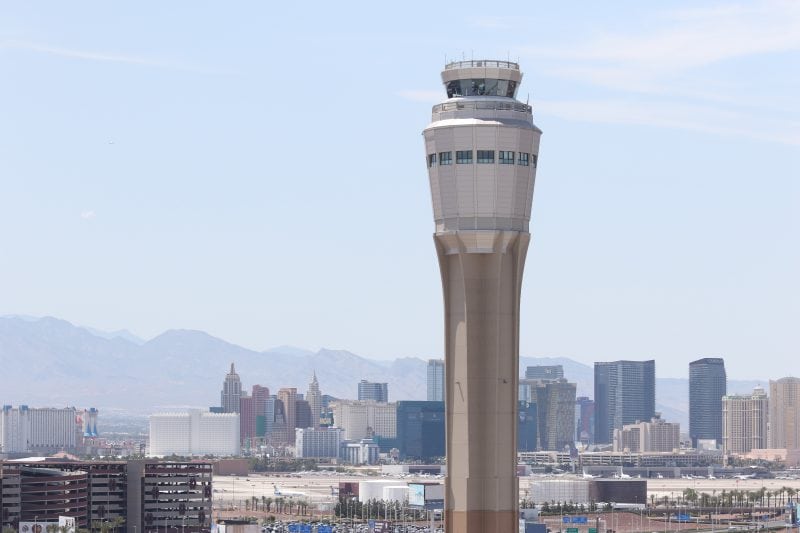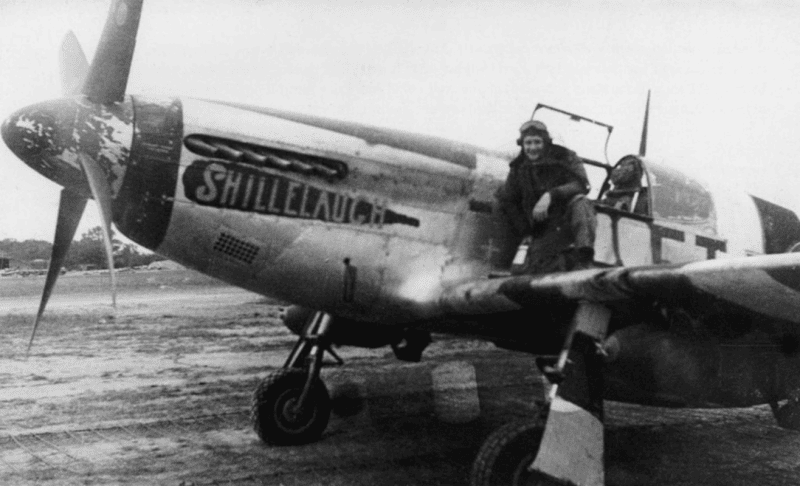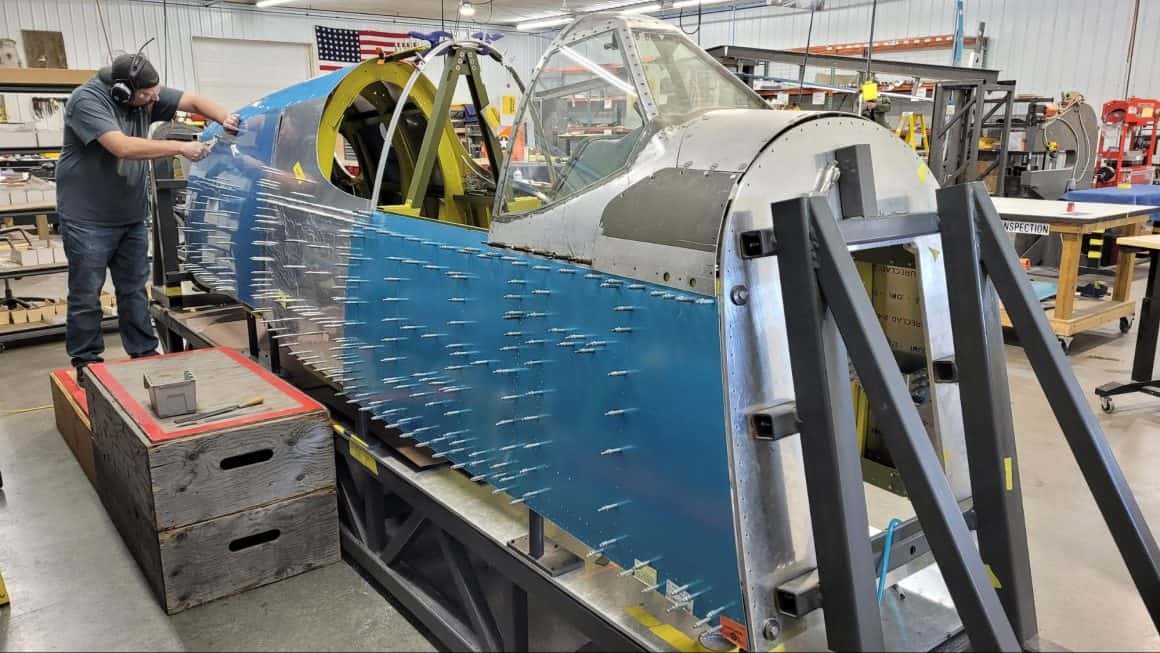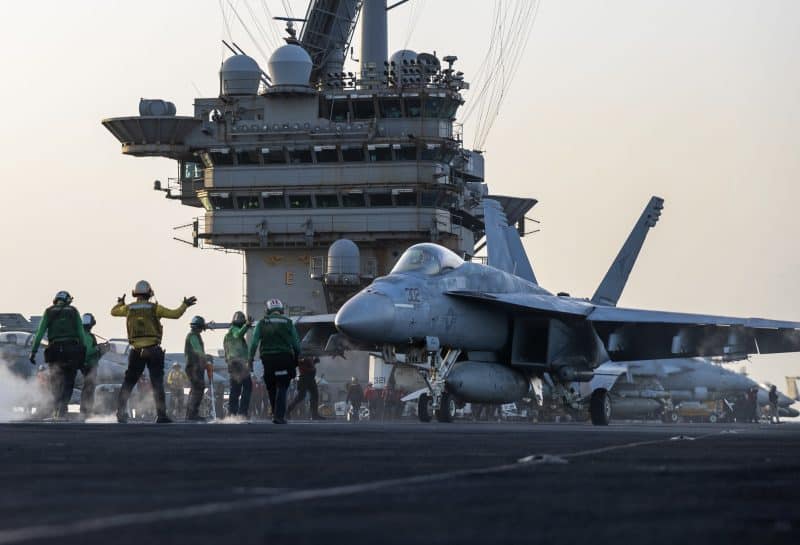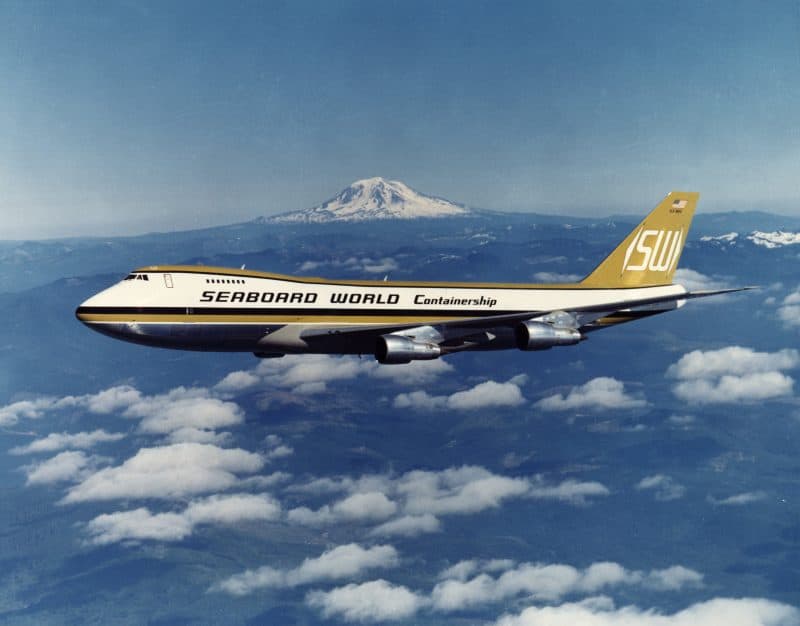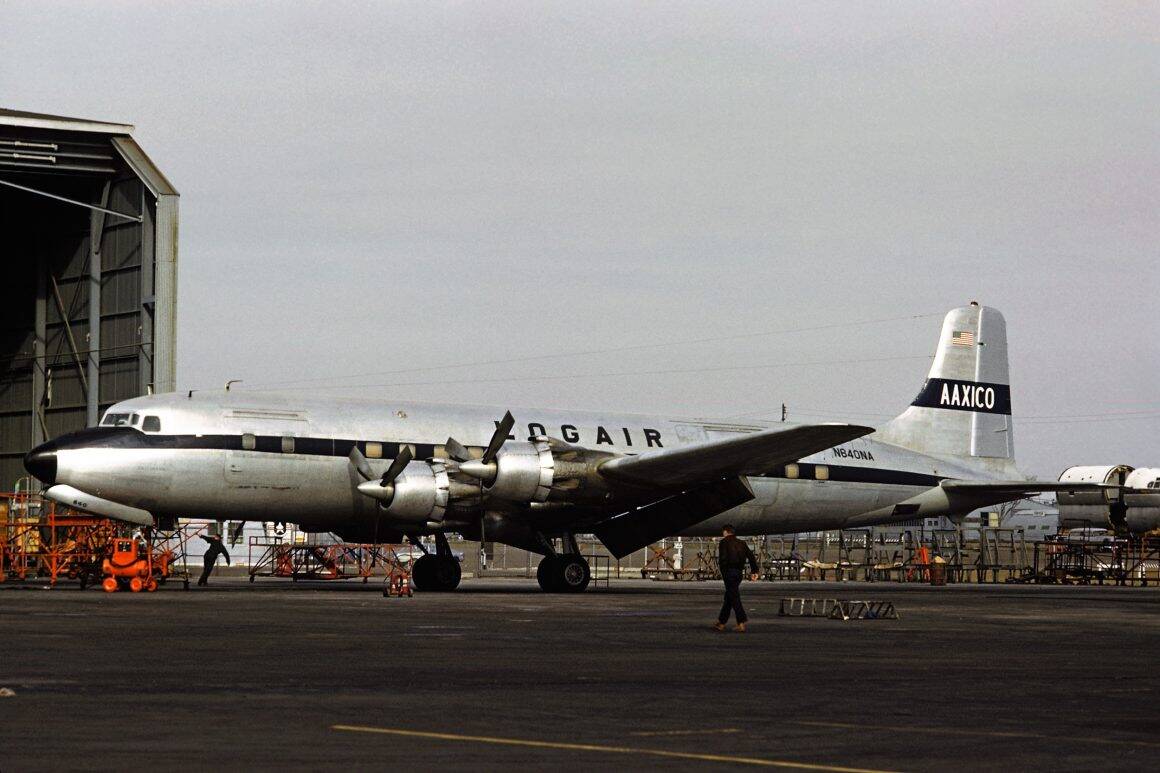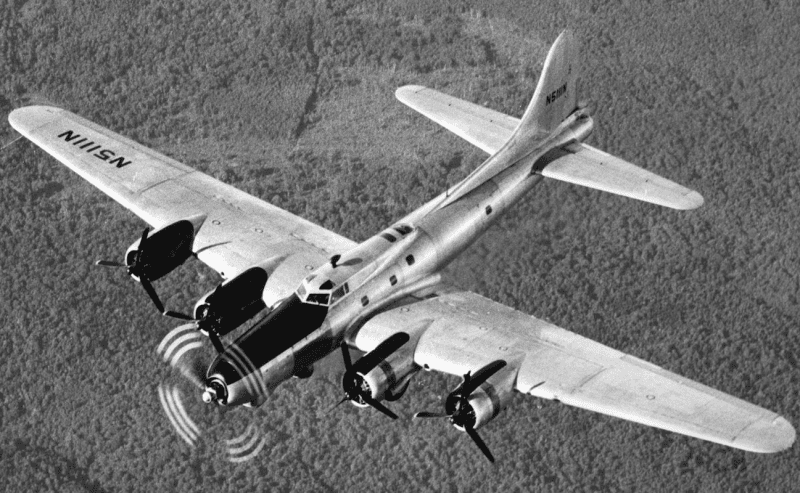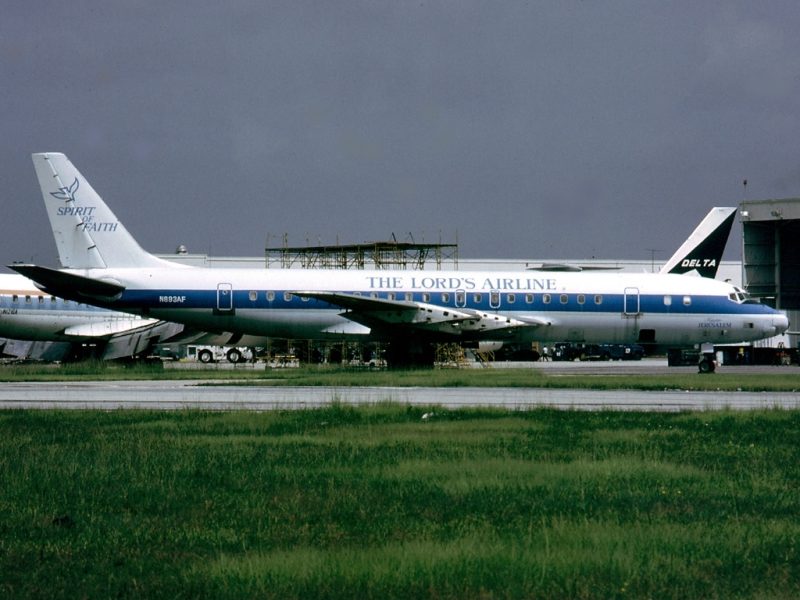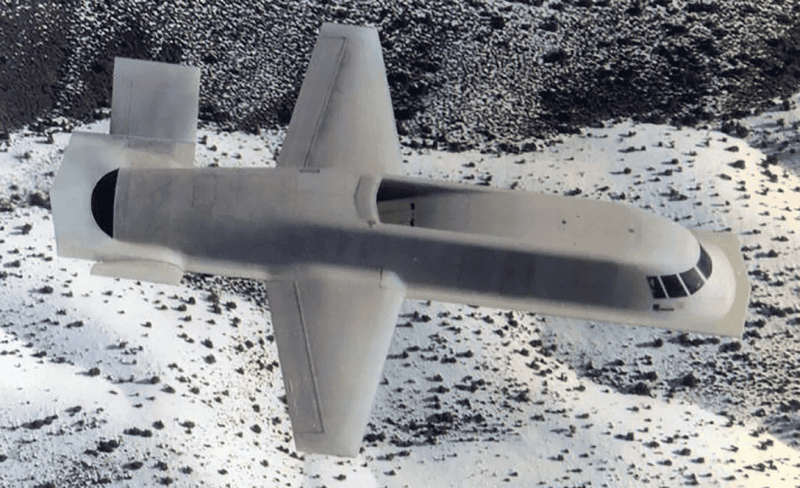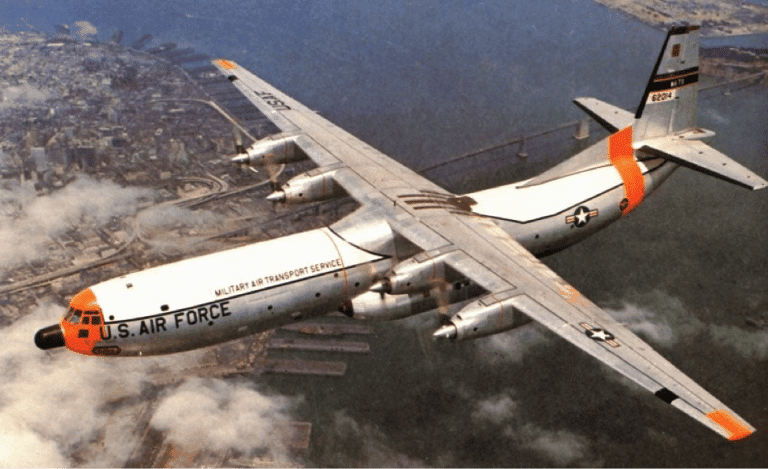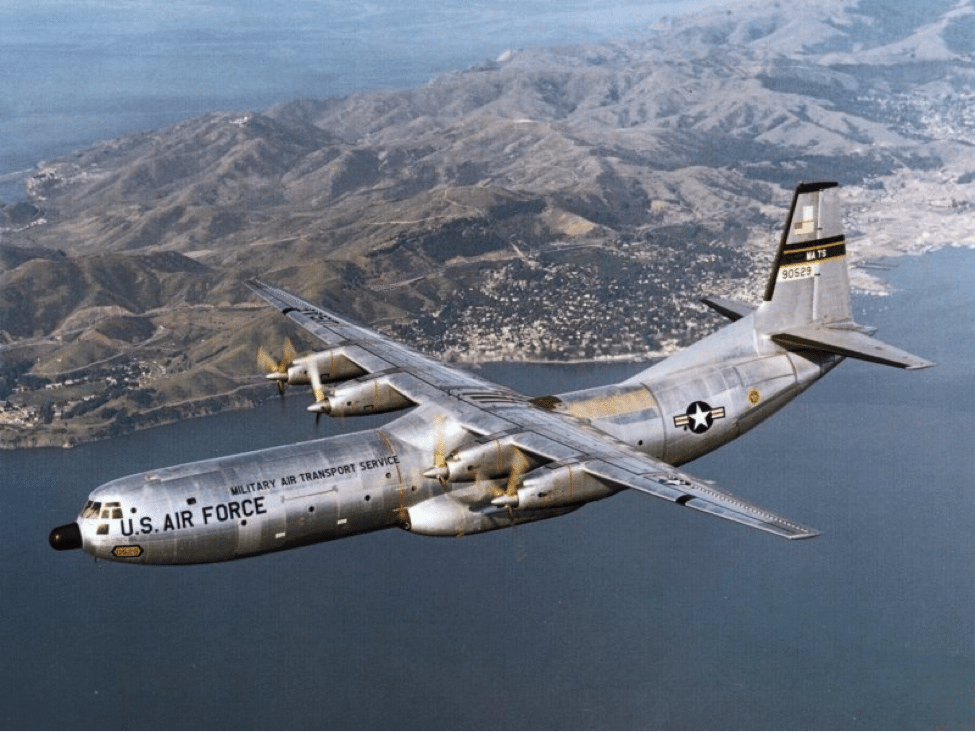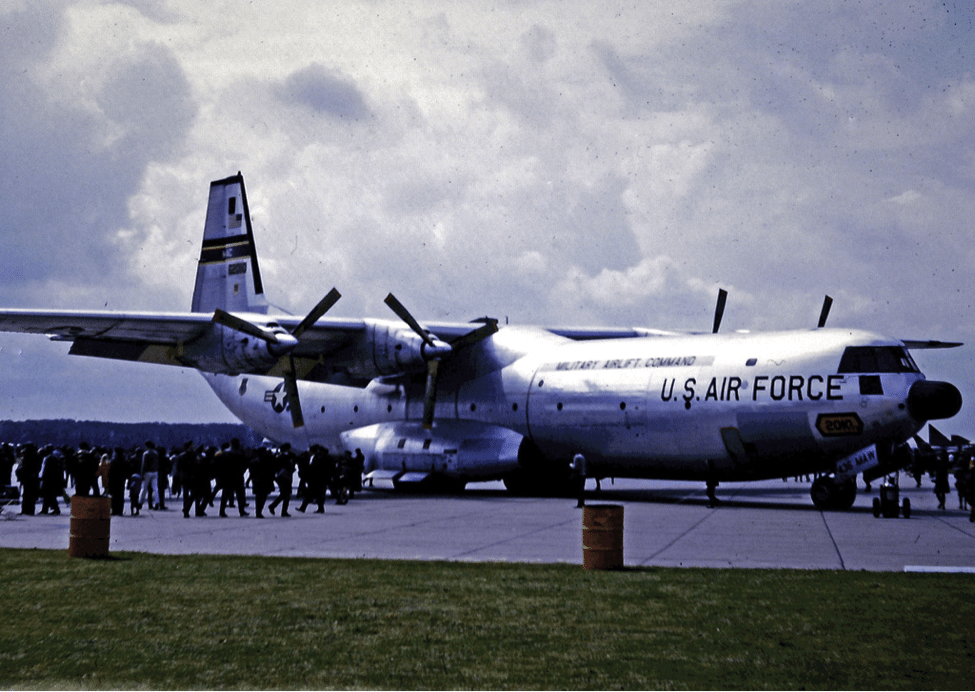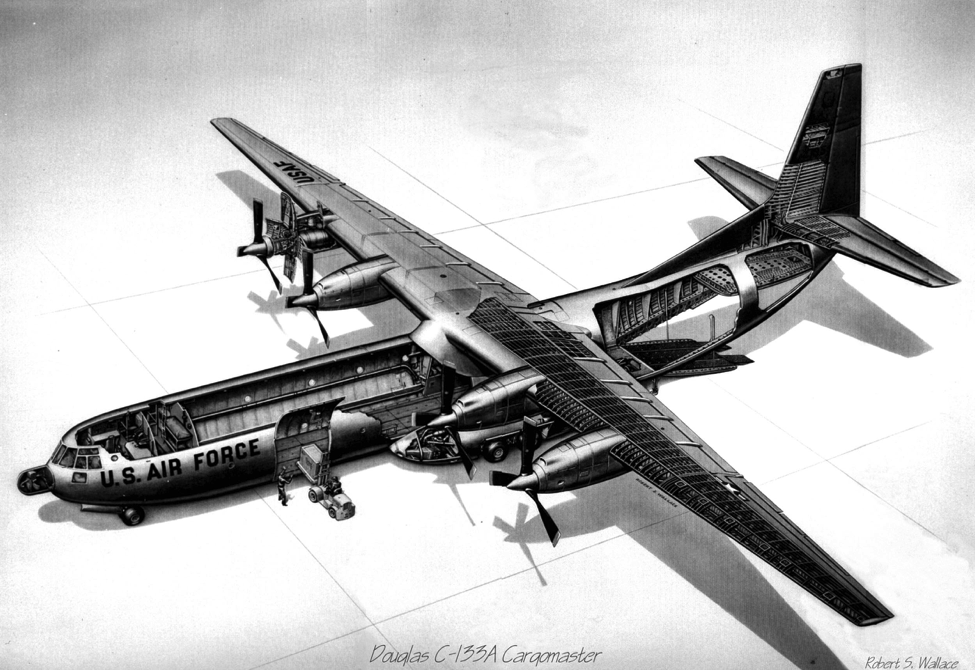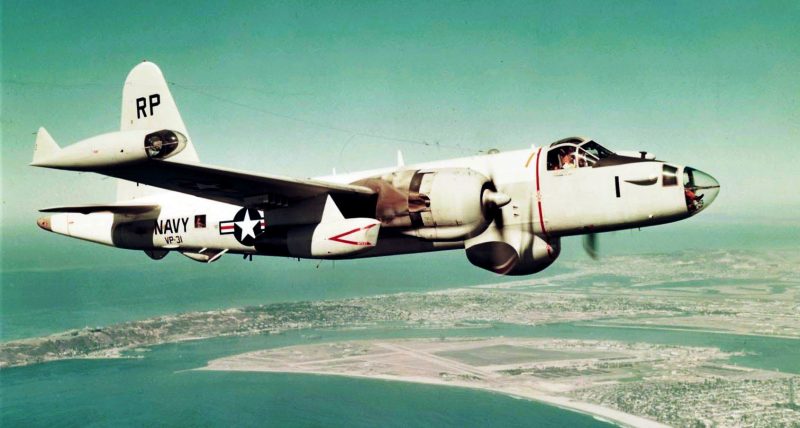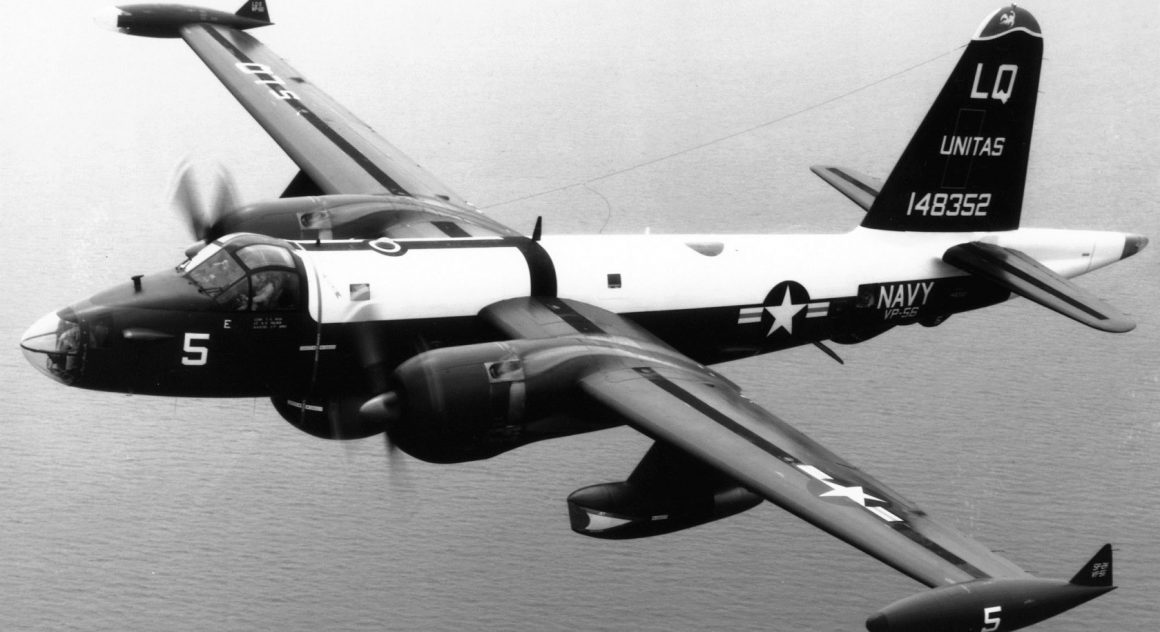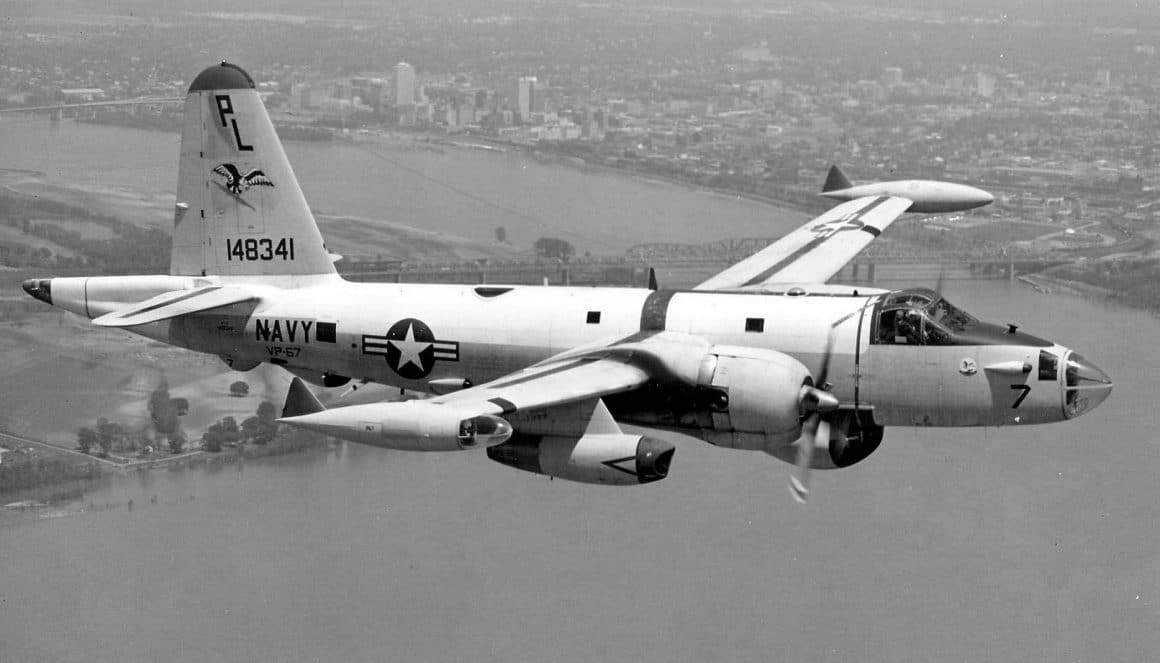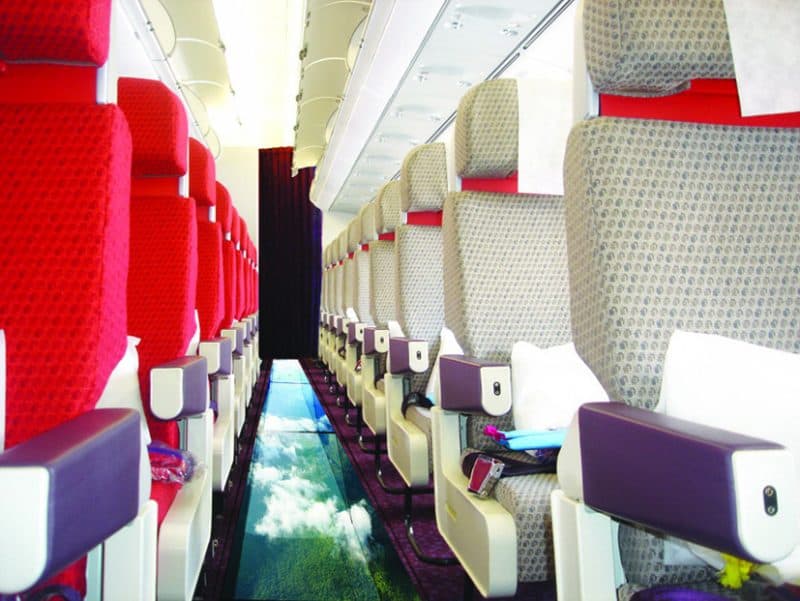First envisioned decades ago, the proposed Southern Nevada Supplemental Airport (SNSA) is gaining traction as the leading long-term solution to a looming capacity crunch at Las Vegas Harry Reid International Airport (LAS).
In the sun-scorched Ivanpah Valley, 23 miles south of the Las Vegas Strip, a dry lakebed could one day become one of the country’s biggest airports. The Southern Nevada Supplemental Airport—a massive project with an estimated price tag between $6 billion and $14 billion—aims to redefine air travel for one of America’s fastest-growing and most dynamic regions.
Intended to complement the overburdened Harry Reid International Airport, preliminary plans for SNSA call for 153 gates, two runways—including one of the longest in the US—and a sprawling 23,000-acre footprint rivaling giants like Dallas/Fort Worth (DFW) and Denver (DEN).
As LAS nears its capacity limit of 63 million annual passengers by 2030, the Clark County Department of Aviation (CCDOA), the Bureau of Land Management (BLM), and the FAA race to realize this ambitious vision.
The Genesis of SNSA: A Long-Term Vision

The seeds of SNSA were sown in 2000 when the Ivanpah Valley Airport Public Lands Act, championed by US Senator Harry Reid and signed into law by President Bill Clinton, conveyed 6,000 acres to Clark County for a new airport. An additional 17,000 acres were set aside as a compatibility buffer, creating a massive 23,000-acre canvas.
By 2005, the CCDOA evaluated four potential sites, selecting Ivanpah Valley for its strategic advantages: proximity to the Las Vegas Strip, redundant access routes, potential for transit connections, distance from incompatible land uses, and lower development costs compared to alternative site choices.
It has not been smooth sailing with the project, with the 2008-2009 financial crisis and the COVID-19 pandemic grinding progress to a halt. Today, however, SNSA is gaining momentum as it moves into the Environmental phase, the second of four stages (Planning, Environmental, Design, Construction). Las Vegas officials are pushing for a faster timeline, even floating the idea of President Trump stepping in to expedite the environmental study, which could otherwise stretch four years.
Nestled off Interstate 15 between the small towns of Jean and Primm, SNSA will focus on charter, long-haul domestic, and international flights, taking the heat off Harry Reid International (LAS). Construction could begin in 2029, with the airport potentially opening between 2035 and 2037, depending on approvals. The pressure’s on: if SNSA doesn’t come through, LAS’s looming capacity limits could strangle Las Vegas’s tourism-fueled economy.
Environmental and Community Considerations

As a desert lakebed, the Ivanpah Valley site presents unique challenges. It hosts desert tortoises, a federally protected species, and a rare plant found only in parts of the Mojave Desert. The ongoing Environmental Impact Study scrutinizes these ecological concerns, alongside airspace impacts, including aircraft noise over California’s Mojave National Preserve to the south. Jean Airport (0L7), a nearby general aviation facility, also faces potential disruptions, with impacts under review.
Beyond ecology, SNSA’s infrastructure demands bold planning. The CCDOA envisions widening I-15 from six to 14 lanes between Las Vegas and the new airport, constructing dedicated interchanges, and connecting the airport to a proposed Brightway rail line with connections to Southern California. A Boring Company tunnel is also under consideration as part of the Vegas Loop.
Planners look to the transportation corridor between downtown Washington, DC, and Washington Dulles International Airport (IAD) as a blueprint for knitting SNSA into the region’s fabric.
Additionally, on 10 March 2023, the Nevada State Legislature greenlit a 5,000-acre town to support the airport, though its name remains undecided. These investments aim to seamlessly integrate SNSA into the region’s transportation network as a user-friendly hub that will help keep Las Vegas’s economic engine roaring.
SNSA’s Design: A Mega-Airport Takes Shape

SNSA’s projected layout is ambitious, to say the least. Preliminary plans include multiple terminals featuring up to 153 gates and two massive runways: RWY 18L/36R (12,000 feet by 150 feet) and RWY 18R/36L (15,000 feet by 200 feet). The latter will rank as the third-longest commercial runway in the US, surpassed only by 16R/34L (16,000 feet) at Denver International Airport (DEN) and 17/35 (15,050 feet) at the boneyard, aka Southern California Logistics Airport (VCV). This design would position SNSA to handle the world’s biggest airplanes, which is critical for international and cargo operations.
The airport’s 23,000-acre footprint will make it one of the largest in the U.S., rivaling Dallas-Fort Worth International Airport (DFW) and DEN. Cost estimates range from $6 billion to $14 billion, and those numbers could be on the conservative side if inflation and global economic pressures continue to affect prices.
For context, Denver International, the last all-new US airport, opened in 1995 for $4.8 billion. SNSA’s price tag accounts for modern construction costs, advanced technology, and extensive infrastructure. SNSA will redefine Las Vegas’s aviation landscape if approved, offering a long-term solution for a region quickly outgrowing its current hub.
Harry Reid International Airport: A Dated Facility at its Limits

To understand SNSA’s urgency, one must examine the constraints of Harry Reid International Airport. In 2024, LAS handled a record 58.4 million passengers, a 1.39% increase over 2023’s previous high. As the 7th busiest airport in the U.S. and 5th globally for aircraft movements, LAS operates 110 gates across two terminals and a satellite concourse, serving 159 destinations on 30 airlines. Southwest dominates with over 40% market share.
Yet, LAS is completely landlocked, with no room to expand its terminal infrastructure or airfield.
Opened in January 1943 as Alamo Field, a general aviation facility with three gravel runways, a flight school, and a small terminal. Renamed McCarran Field in December 1948 to honor U.S. Senator Pat McCarran, it replaced Las Vegas Army Airfield (now Nellis AFB) as the region’s commercial airfield. The casino industry’s rise drove explosive growth, with passenger counts soaring from 36,000 in 1948 to nearly one million by 1959.
The jet age at LAS, ushered in by United Airlines, exposed the airport’s inadequate infrastructure. A new terminal opened in 1963, followed by concourse additions and runway lengthening in the 1970s. The mid-1980s brought a new central terminal, a third concourse, and a people mover. Expansions continued through the 1990s and early 2000s, culminating in the $2.4 billion Terminal 3, completed in 2012 after four years of construction. In December 2021, officials renamed the airport to honor US Senator Harry Reid, following revelations of Senator Pat McCarran’s ties to antisemitism and racism.
Today, LAS’s facilities show their age despite ongoing enhancements. Renovations include modernized baggage handling systems, revamped gate areas, and expanded shopping and dining options. Yet, these upgrades cannot overcome the airport’s physical limits. Tens of millions of passengers pass through a facility designed for use in an entirely different era.
Projections indicate LAS will hit its maximum capacity of 63 million passengers by 2030, creating a bottleneck that could cripple the region’s hyperactive economic engine. That’s not some distant problem–it’s five years away.
The Economic Imperative of a New Airport

Las Vegas thrives on tourism, with aviation as its lifeline. In 2024, LAS’s 58.4 million passengers underscored its role as a global gateway. Officials emphasize the importance of growing the region’s air travel capacity by highlighting Las Vegas’ growing role in major national and international events, such as the 2024 Super Bowl and the upcoming Grand Prix championship this November.
However, capacity constraints risk stifling growth. Without SNSA, airlines may reduce flights, increase fares, or divert to other hubs, impacting hotels, casinos, and businesses. The CCDOA’s proactive approach—planning SNSA while enhancing LAS—aims to safeguard the region’s prosperity.
SNSA’s focus on charter, long-haul domestic, and international flights aligns with Las Vegas’s evolving market. International tourism, particularly from Asia and Europe, grows steadily, demanding larger aircraft and longer runways. Cargo operations, too, will benefit from SNSA’s capacity, supporting e-commerce and logistics. By complementing LAS, SNSA ensures that both airports serve distinct yet synergistic roles in the regional economy.
Challenges and Opportunities

The environmental phase of the process presents hurdles. Mitigating impacts on desert tortoises and rare plants requires careful planning, potentially involving relocation or habitat restoration. Aircraft noise over the Mojave National Preserve could spark opposition from environmental groups. The CCDOA’s collaboration with the BLM and FAA aims to balance development with stewardship, but delays could push the timeline beyond 2037.
Community engagement is critical. The new 5,000-acre town and expanded I-15 corridor will reshape the Ivanpah Valley, creating jobs and infrastructure but also raising concerns about water resources and urban sprawl in a desert region. The Brightway rail and potential Boring Company tunnel offer innovative solutions, but their feasibility depends on funding and political will.
SNSA’s scale invites comparison to Denver International, which faced cost overruns and delays but ultimately transformed its region. With its history of bold bets, Las Vegas is well-positioned to navigate these challenges. The CCDOA’s transparent planning process, including public input and rigorous environmental studies, builds trust and momentum.
Las Vegas Rolls the Dice on a 21st Century Mega-Project

SNSA represents more than an airport—it’s a statement of ambition. Las Vegas, born from audacity, has always defied the odds. The region’s aviation history reflects its relentless growth from Alamo Field’s gravel runways to LAS’s global prominence. Now, with LAS at its limits, SNSA offers a path forward.
By 2035, travelers may enter SNSA’s terminals, board flights to distant continents, or connect via high-speed rail to Southern California. The airport’s runways, among the longest in the nation, will welcome the world’s largest aircraft. Its 23,000 acres will anchor a new town buzzing with economic activity. Meanwhile, LAS will continue to thrive, serving short-haul and regional flights with renewed efficiency.
The road to SNSA is fraught with challenges, from environmental hurdles to multibillion-dollar budgets. Yet, Las Vegas has never shied away from big risks for bigger rewards. If successful, SNSA will not only solve LAS’s capacity crisis but also redefine what a 21st-century airport can be.

